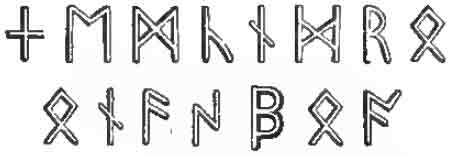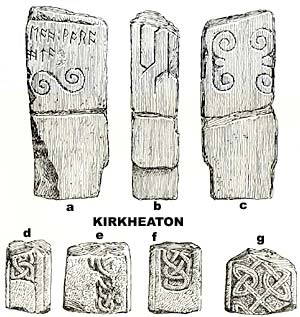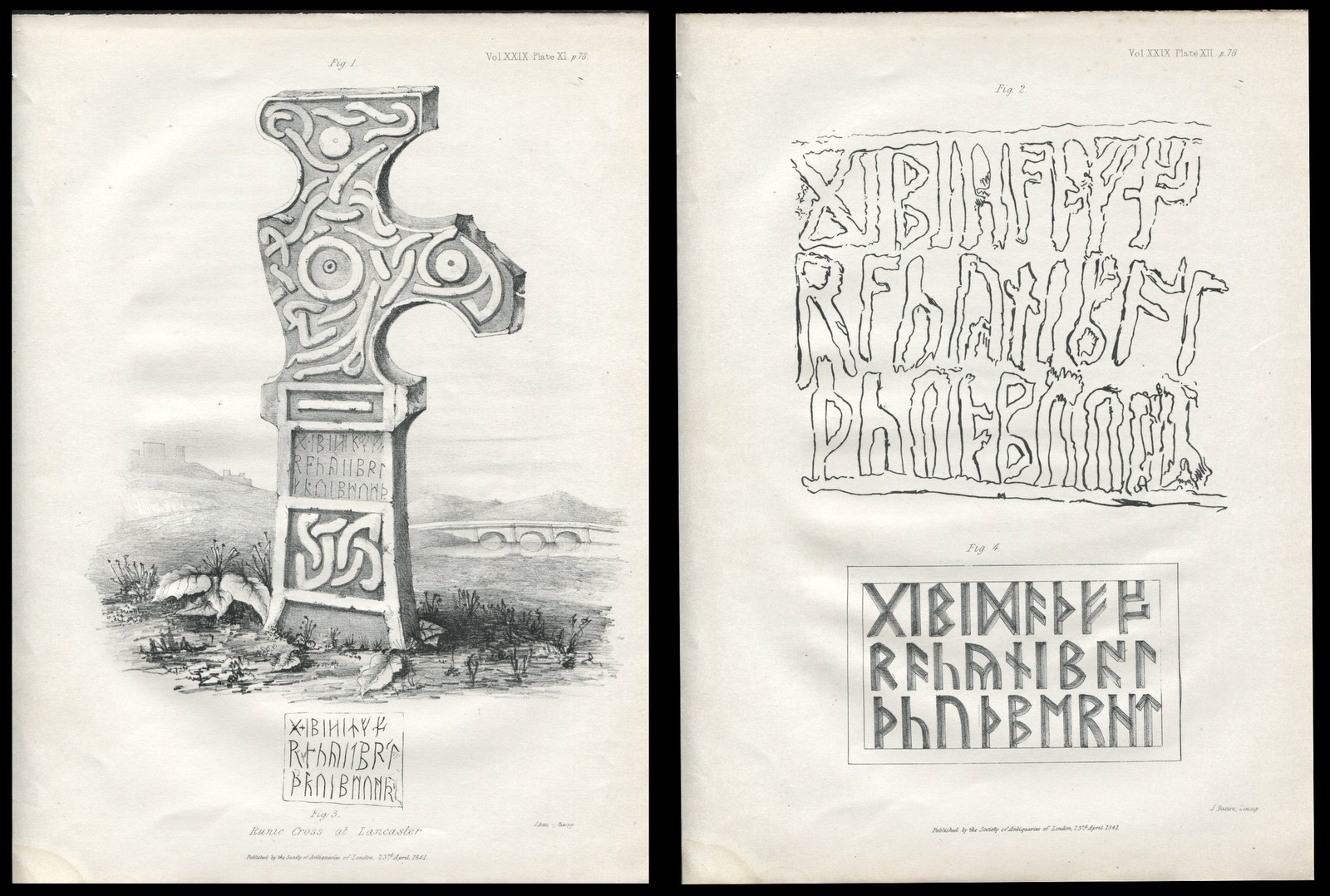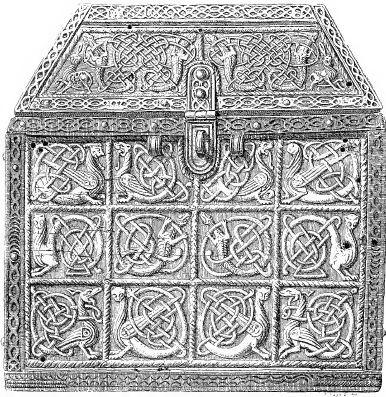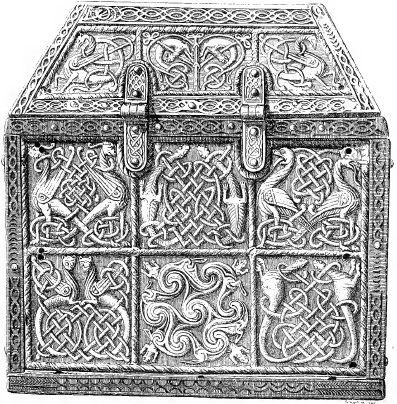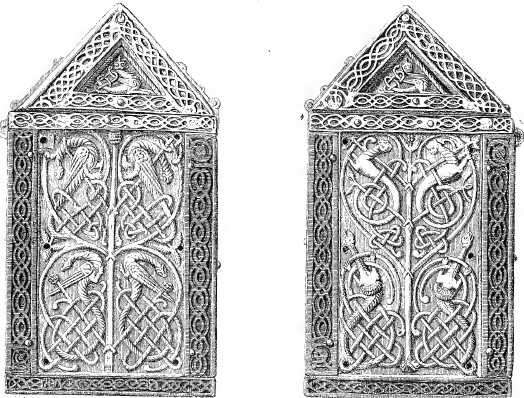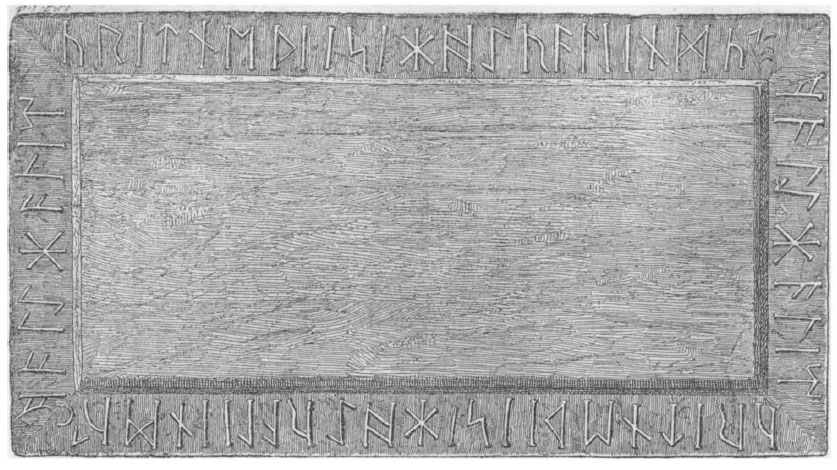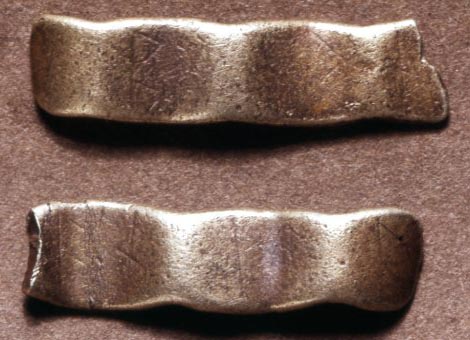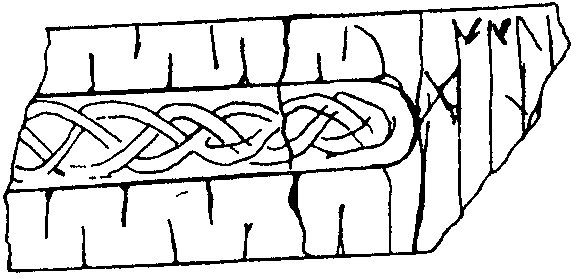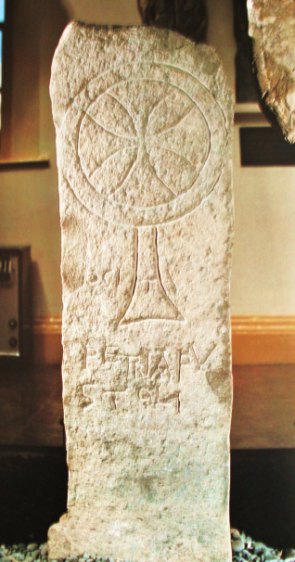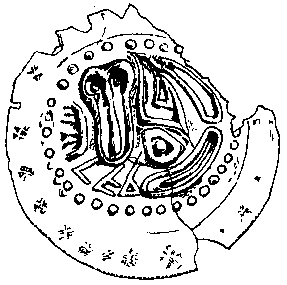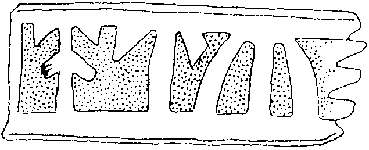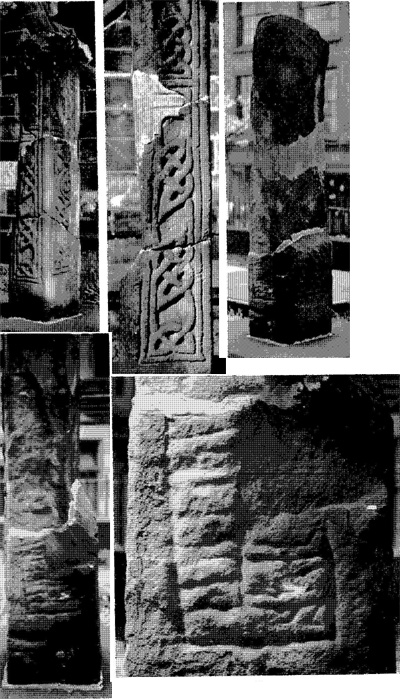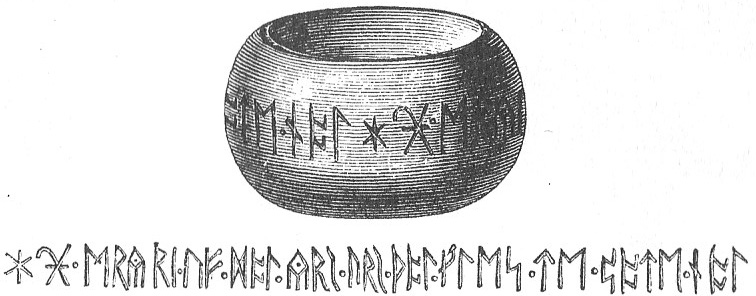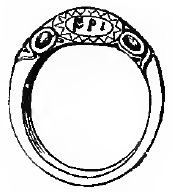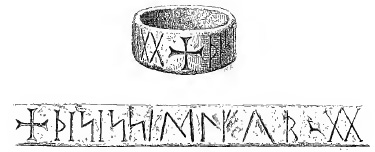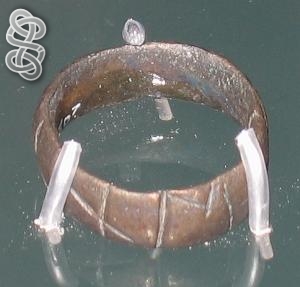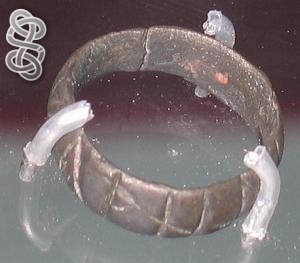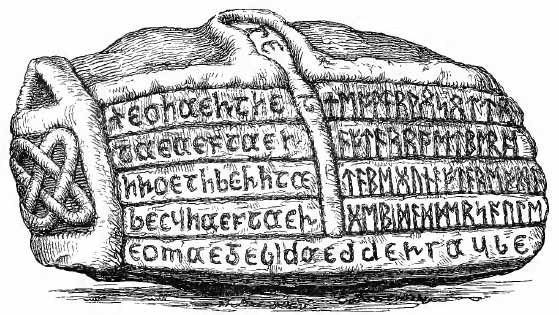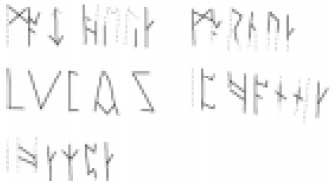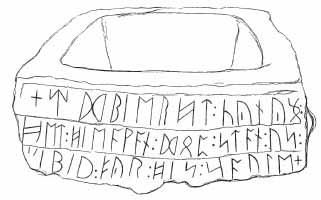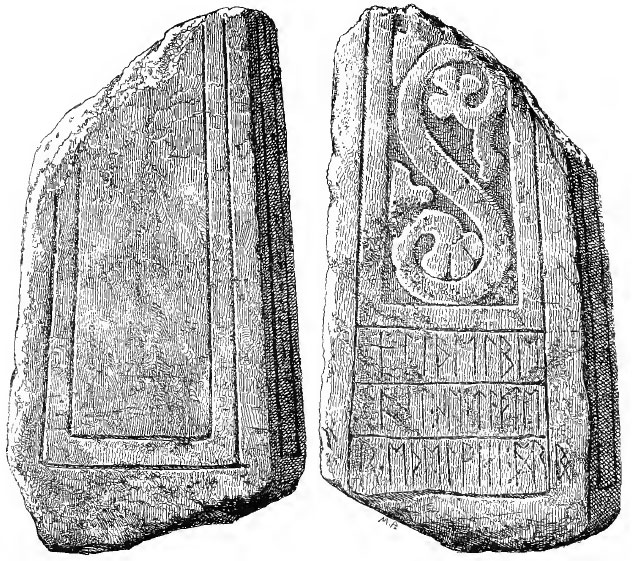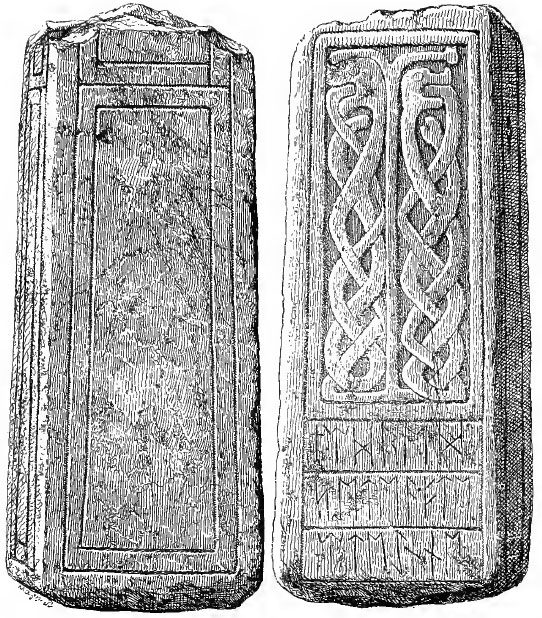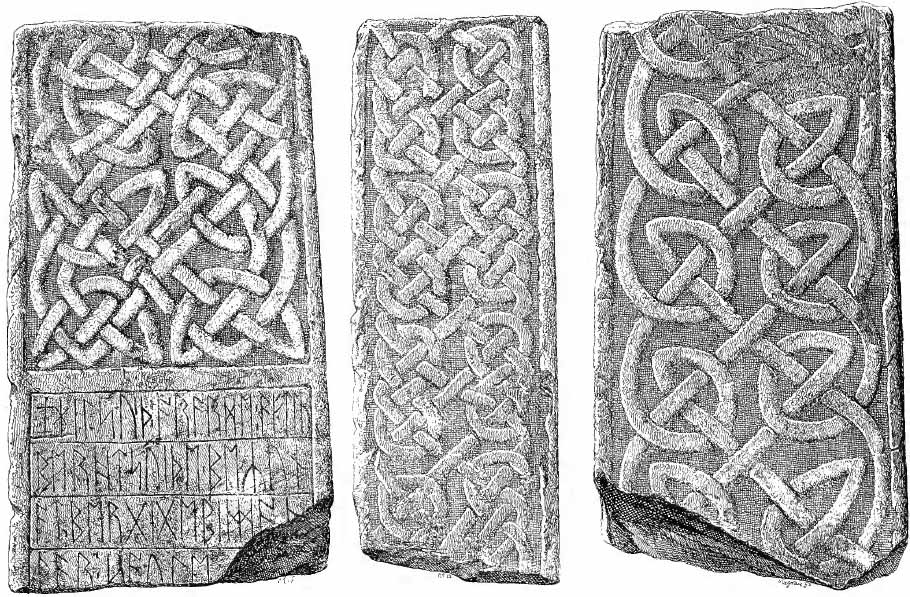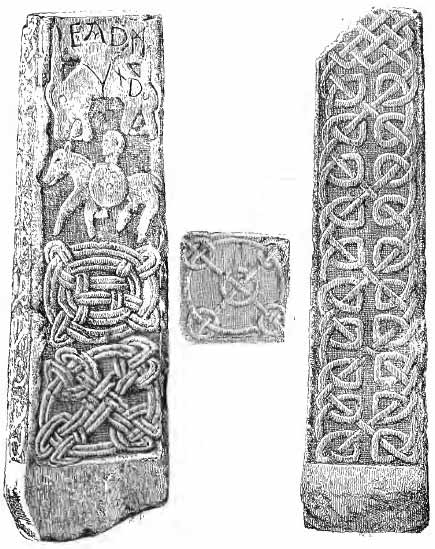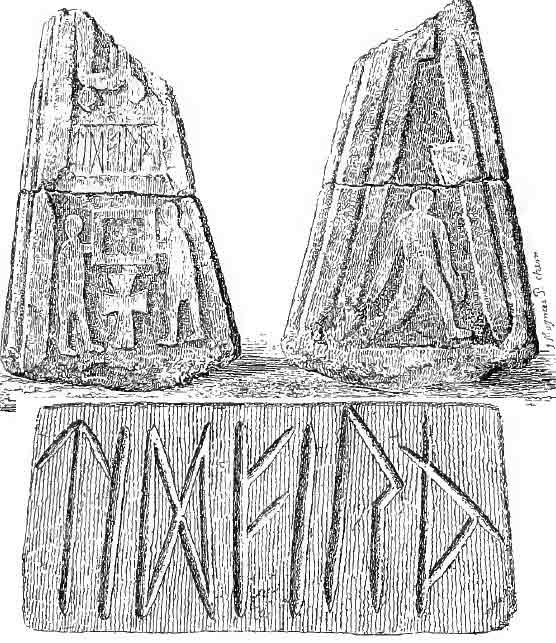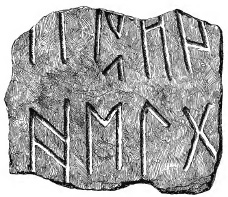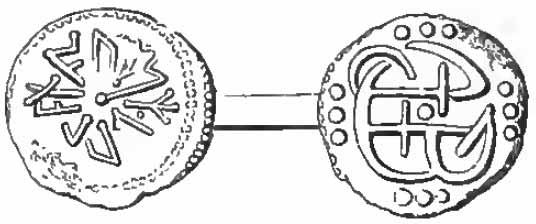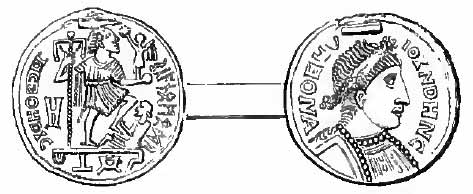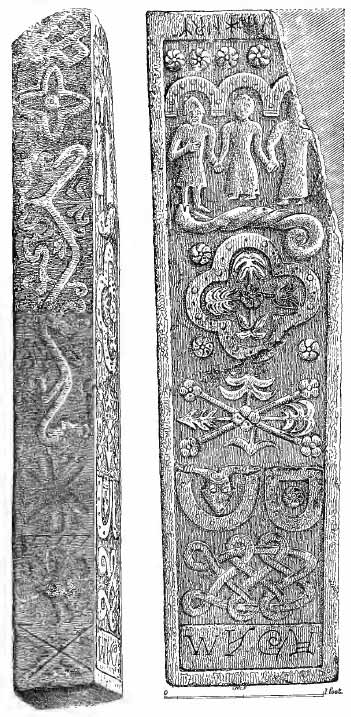


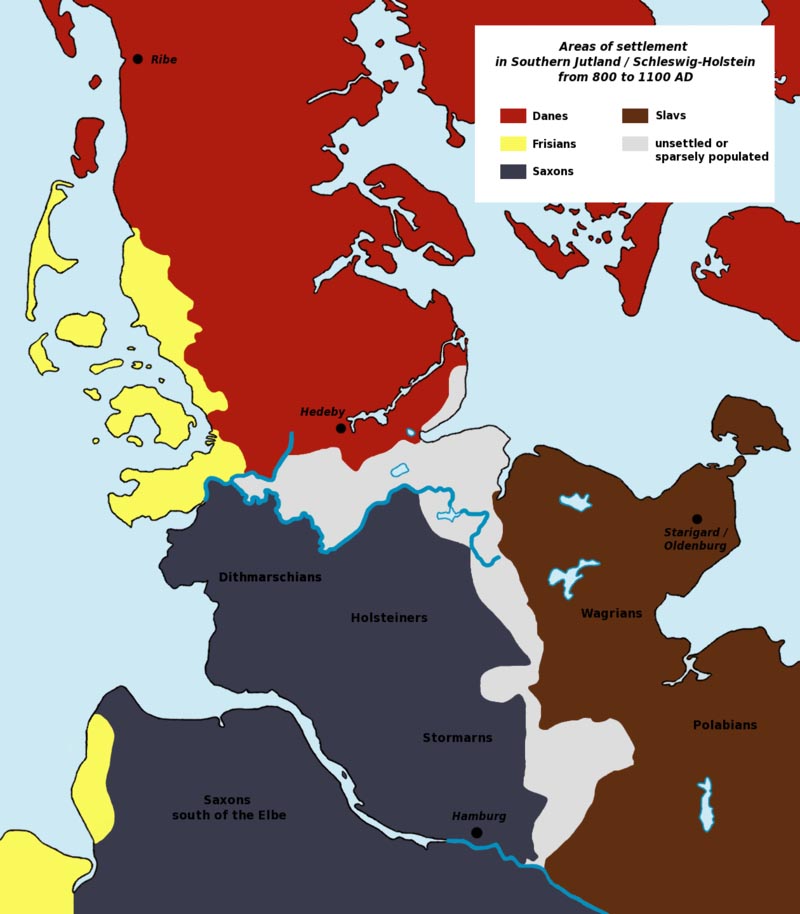






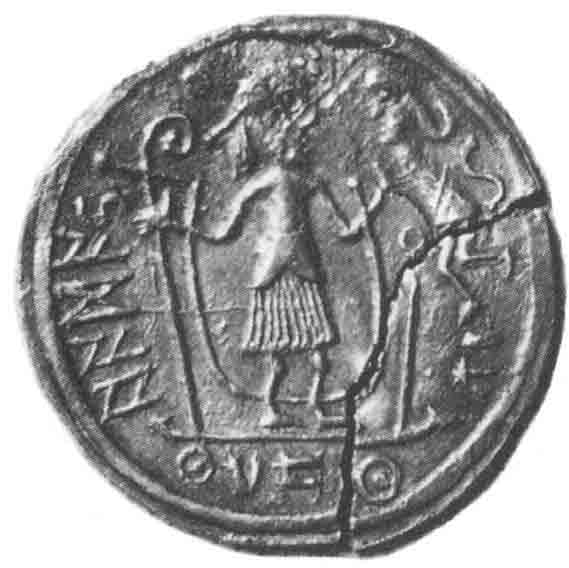
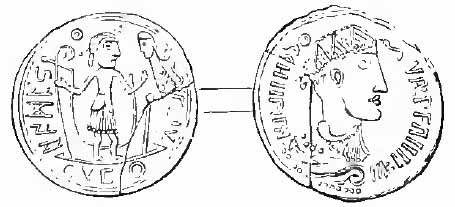



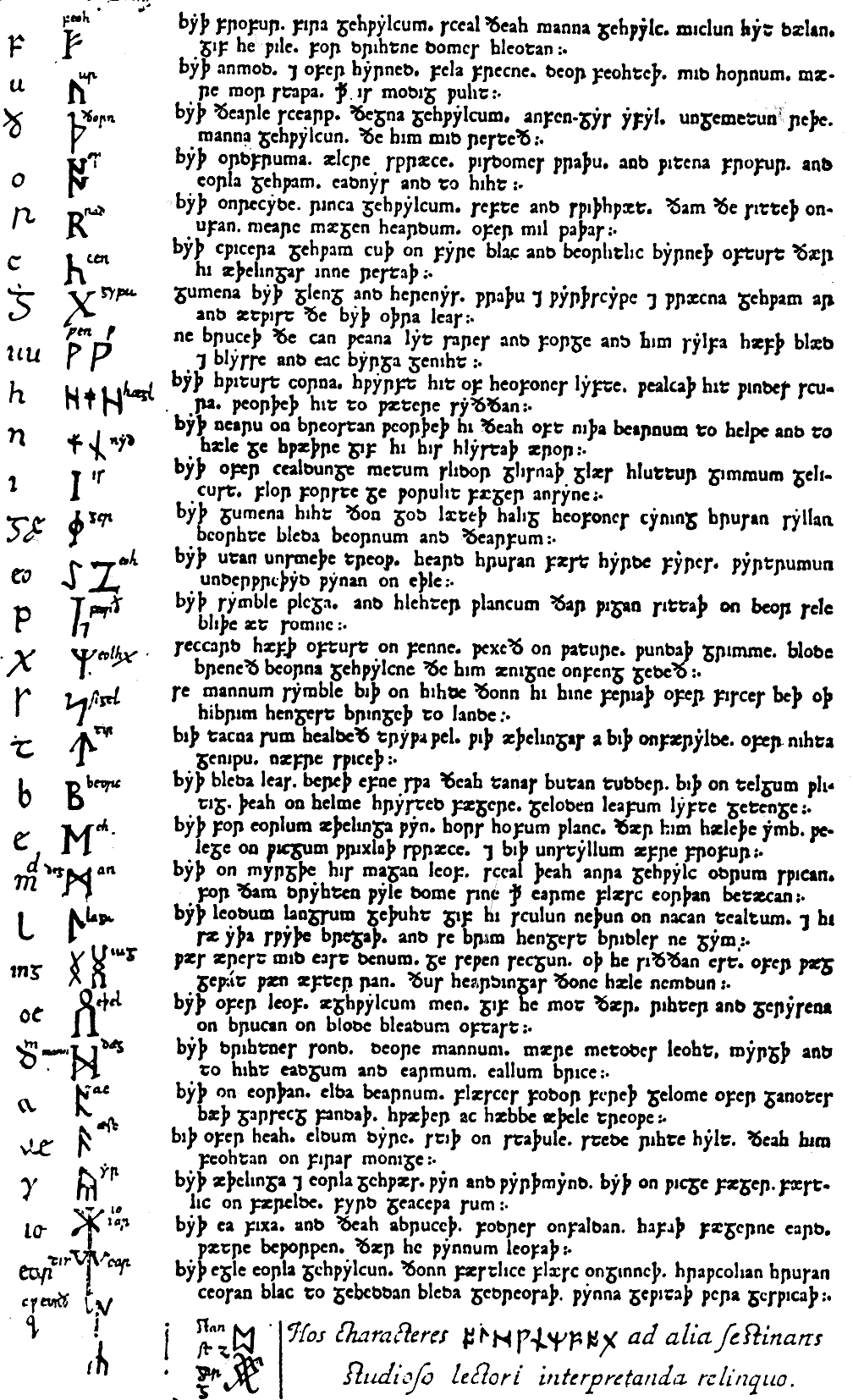
| 1. Feoh byþ frofur fira gehwylcum;
sceal ðeah manna gehwylc miclun hyt dælan gif he wile for drihtne domes hleotan. 2. Ur byþ anmod ond oferhyrned, felafrecne deor, feohteþ mid hornum mære morstapa; þæt is modig wuht. 3. Ðorn byþ ðearle scearp; ðegna gehwylcum anfeng ys yfyl, ungemetum reþe manna gehwelcum, ðe him mid resteð. 4. Os byþ ordfruma ælere spræce, wisdomes wraþu ond witena frofur and eorla gehwam eadnys ond tohiht. 5. Rad byþ on recyde rinca gehwylcum sefte ond swiþhwæt, ðamðe sitteþ on ufan meare mægenheardum ofer milpaþas. 6. Cen byþ cwicera gehwam, cuþ on fyre blac ond beorhtlic, byrneþ oftust ðær hi æþelingas inne restaþ. 7. Gyfu gumena byþ gleng and herenys, wraþu and wyrþscype and wræcna gehwam ar and ætwist, ðe byþ oþra leas. 8. Wenne bruceþ, ðe can weana lyt sares and sorge and him sylfa hæfþ blæd and blysse and eac byrga geniht. 9. Hægl byþ hwitust corna; hwyrft hit of heofones lyfte, wealcaþ hit windes scura; weorþeþ hit to wætere syððan. 10. Nyd byþ nearu on breostan; weorþeþ hi þeah oft niþa bearnum to helpe and to hæle gehwæþre, gif hi his hlystaþ æror. 11. Is byþ ofereald, ungemetum slidor, glisnaþ glæshluttur gimmum gelicust, flor forste geworuht, fæger ansyne. 12. Ger byÞ gumena hiht, ðonne God læteþ, halig heofones cyning, hrusan syllan beorhte bleda beornum ond ðearfum. 13. Eoh byþ utan unsmeþe treow, heard hrusan fæst, hyrde fyres, wyrtrumun underwreþyd, wyn on eþle. 14. Peorð byþ symble plega and hlehter wlancum [on middum], ðar wigan sittaþ on beorsele bliþe ætsomne. 15. Eolh-secg eard hæfþ oftust on fenne wexeð on wature, wundaþ grimme, blode breneð beorna gehwylcne ðe him ænigne onfeng gedeþ. 16. Sigel semannum symble biþ on hihte, ðonne hi hine feriaþ ofer fisces beþ, oþ hi brimhengest bringeþ to lande. 17. Tir biþ tacna sum, healdeð trywa wel wiþ æþelingas; a biþ on færylde ofer nihta genipu, næfre swiceþ. 18. Beorc byþ bleda leas, bereþ efne swa ðeah tanas butan tudder, biþ on telgum wlitig, heah on helme hrysted fægere, geloden leafum, lyfte getenge. 19. Eh byþ for eorlum æþelinga wyn, hors hofum wlanc, ðær him hæleþ ymb[e] welege on wicgum wrixlaþ spræce and biþ unstyllum æfre frofur. 20. Man byþ on myrgþe his magan leof: sceal þeah anra gehwylc oðrum swican, forðum drihten wyle dome sine þæt earme flæsc eorþan betæcan. 21. Lagu byþ leodum langsum geþuht, gif hi sculun neþan on nacan tealtum and hi sæyþa swyþe bregaþ and se brimhengest bridles ne gym[eð]. 22. Ing wæs ærest mid East-Denum gesewen secgun, oþ he siððan est ofer wæg gewat; wæn æfter ran; ðus Heardingas ðone hæle nemdun. 23. Eþel byþ oferleof æghwylcum men, gif he mot ðær rihtes and gerysena on brucan on bolde bleadum oftast. 24. Dæg byþ drihtnes sond, deore mannum, mære metodes leoht, myrgþ and tohiht eadgum and earmum, eallum brice. 25. Ac byþ on eorþan elda bearnum flæsces fodor, fereþ gelome ofer ganotes bæþ; garsecg fandaþ hwæþer ac hæbbe æþele treowe. 26. Æsc biþ oferheah, eldum dyre stiþ on staþule, stede rihte hylt, ðeah him feohtan on firas monige. 27. Yr byþ æþelinga and eorla gehwæs wyn and wyrþmynd, byþ on wicge fæger, fæstlic on færelde, fyrdgeatewa sum. 28. Iar byþ eafix and ðeah a bruceþ fodres on foldan, hafaþ fægerne eard wætre beworpen, ðær he wynnum leofaþ. 29. Ear byþ egle eorla gehwylcun, ðonn[e] fæstlice flæsc onginneþ, hraw colian, hrusan ceosan blac to gebeddan; bleda gedreosaþ, wynna gewitaþ, wera geswicaþ. |
1. Wealth is a comfort to all men;
yet must every man bestow it freely, if he wish to gain honour in the sight of the Lord. 2. The aurochs is proud and has great horns; it is a very savage beast and fights with its horns; a great ranger of the moors, it is a creature of mettle. 3. The thorn is exceedingly sharp, an evil thing for any knight to touch, uncommonly severe on all who sit among them. 4. The mouth is the source of all language, a pillar of wisdom and a comfort to wise men, a blessing and a joy to every knight. 5. Riding seems easy to every warrior while he is indoors and very courageous to him who traverses the high-roads on the back of a stout horse. 6. The torch is known to every living man by its pale, bright flame; it always burns where princes sit within. 7. Generosity brings credit and honour, which support one's dignity; it furnishes help and subsistence to all broken men who are devoid of aught else. 8. Bliss he enjoys who knows not suffering, sorrow nor anxiety, and has prosperity and happiness and a good enough house. 9. Hail is the whitest of grain; it is whirled from the vault of heaven and is tossed about by gusts of wind and then it melts into water. 10. Trouble is oppressive to the heart; yet often it proves a source of help and salvation to the children of men, to everyone who heeds it betimes. 11. Ice is very cold and immeasurably slippery; it glistens as clear as glass and most like to gems; it is a floor wrought by the frost, fair to look upon. 12. Summer is a joy to men, when God, the holy King of Heaven, suffers the earth to bring forth shining fruits for rich and poor alike. 13. The yew is a tree with rough bark, hard and fast in the earth, supported by its roots, a guardian of flame and a joy upon an estate. 14. Peorth is a source of recreation and amusement to the great, where warriors sit blithely together in the banqueting-hall. 15. The Eolh-sedge is mostly to be found in a marsh; it grows in the water and makes a ghastly wound, covering with blood every warrior who touches it 16. The sun is ever a joy in the hopes of seafarers when they journey away over the fishes' bath, until the courser of the deep bears them to land. 17. Tiw is a guiding star; well does it keep faith with princes; it is ever on its course over the mists of night and never fails. 18. The poplar bears no fruit; yet without seed it brings forth suckers, for it is generated from its leaves. Splendid are its branches and gloriously adorned its lofty crown which reaches to the skies. 19. The horse is a joy to princes in the presence of warriors. A steed in the pride of its hoofs, when rich men on horseback bandy words about it; and it is ever a source of comfort to the restless. 20. The joyous man is dear to his kinsmen; yet every man is doomed to fail his fellow, since the Lord by his decree will commit the vile carrion to the earth. 21. The ocean seems interminable to men, if they venture on the rolling bark and the waves of the sea terrify them and the courser of the deep heed not its bridle. 22. Ing was first seen by men among the East-Danes, till, followed by his chariot, he departed eastwards over the waves. So the Heardingas named the hero. 23. An estate is very dear to every man, if he can enjoy there in his house whatever is right and proper in constant prosperity. 24. Day, the glorious light of the Creator, is sent by the Lord; it is beloved of men, a source of hope and happiness to rich and poor, and of service to all. 25. The oak fattens the flesh of pigs for the children of men. Often it traverses the gannet's bath, and the ocean proves whether the oak keeps faith in honourable fashion. 26. The ash is exceedingly high and precious to men. With its sturdy trunk it offers a stubborn resistance, though attacked by many a man. 27. Yr is a source of joy and honour to every prince and knight; it looks well on a horse and is a reliable equipment for a journey. 28. Iar is a river fish and yet it always feeds on land; it has a fair abode encompassed by water, where it lives in happiness. 29. The grave is horrible to every knight, when the corpse quickly begins to cool and is laid in the bosom of the dark earth. Prosperity declines, happiness passes away and covenants are broken. |

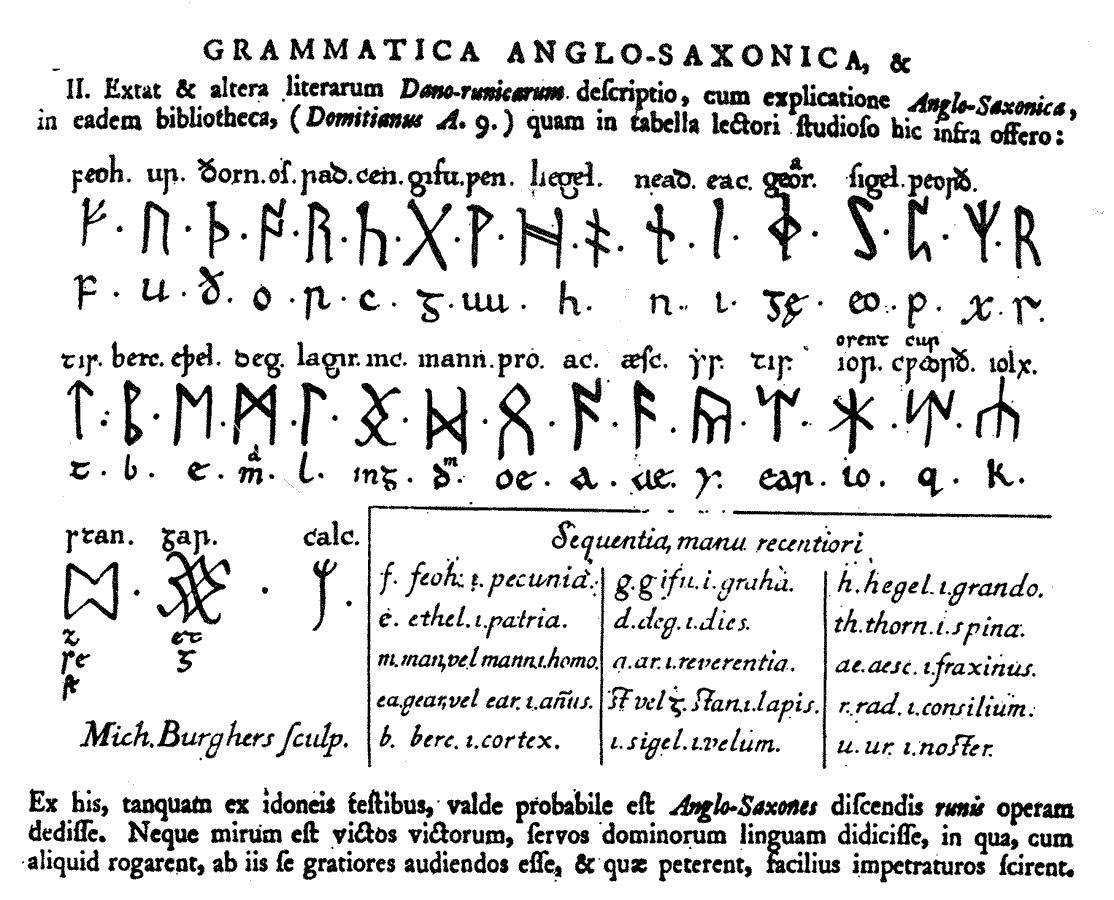
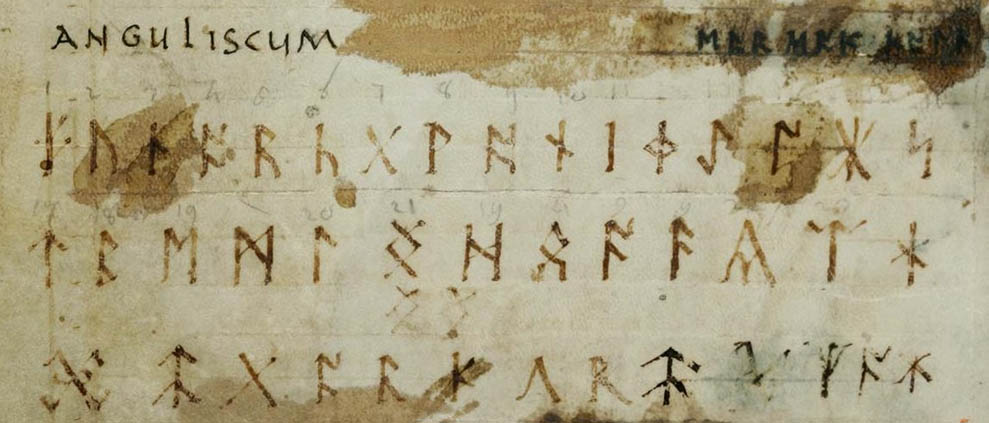

| 1 = Feo ........ f | 12 = Jara ...... j | 23 = Daeg ...... d |
| 2 = Ur ......... u | 13 = Yr ........ e` | 24 = Otael ...... o |
| 3 = Thorn .... th | 14 = Pertra ... p | 25 = Ac .......... lang a |
| 4 = Os ......... short a | 15 = Eolh ...... r | 26 = Asec ....... short a |
| 5 = Rad ....... r | 16 = Sigel ...... s | 27 = Yr .......... y |
| 6 = Ken ....... k | 17 = Tir ........ t | 28 = Ior .......... io |
| 7 = Geofu .... g | 18 = Beroc .... b | 29 = Ear ......... ea |
| 8 = Wynn .... w | 19 = Eoh ....... e | 30 = Cweorp ... qu |
| 9 = Hagall .... h | 20 = Mann ..... m | 31 = Calk ........ k |
| 10 = Nied ..... n | 21 = Lagu ...... l | 32 = Stan ........ st |
| 11 = Is ......... i | 22 = Ing ........ ng | 33 = Gar ......... hard g |

 Navnet....
Navnet....


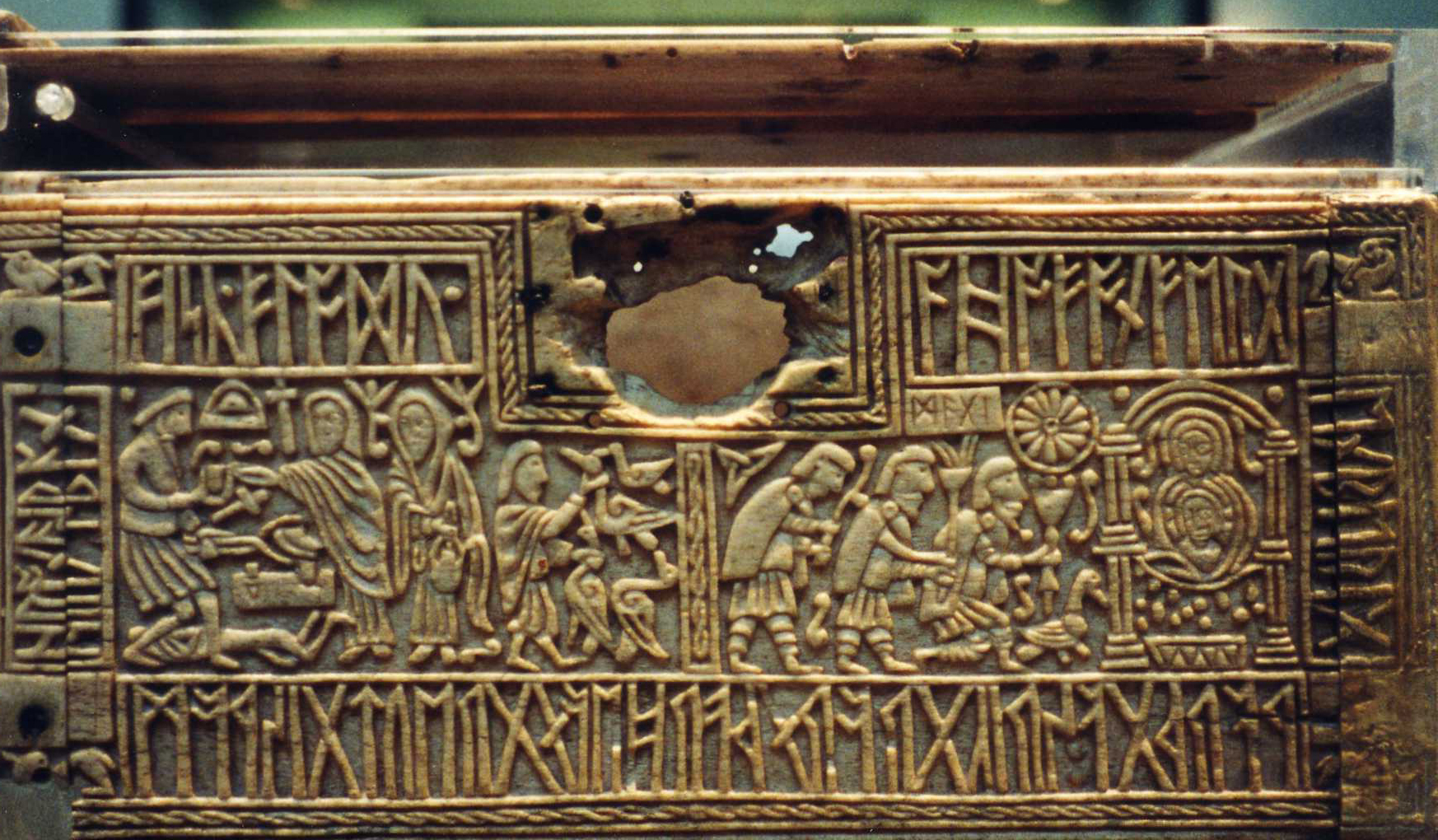

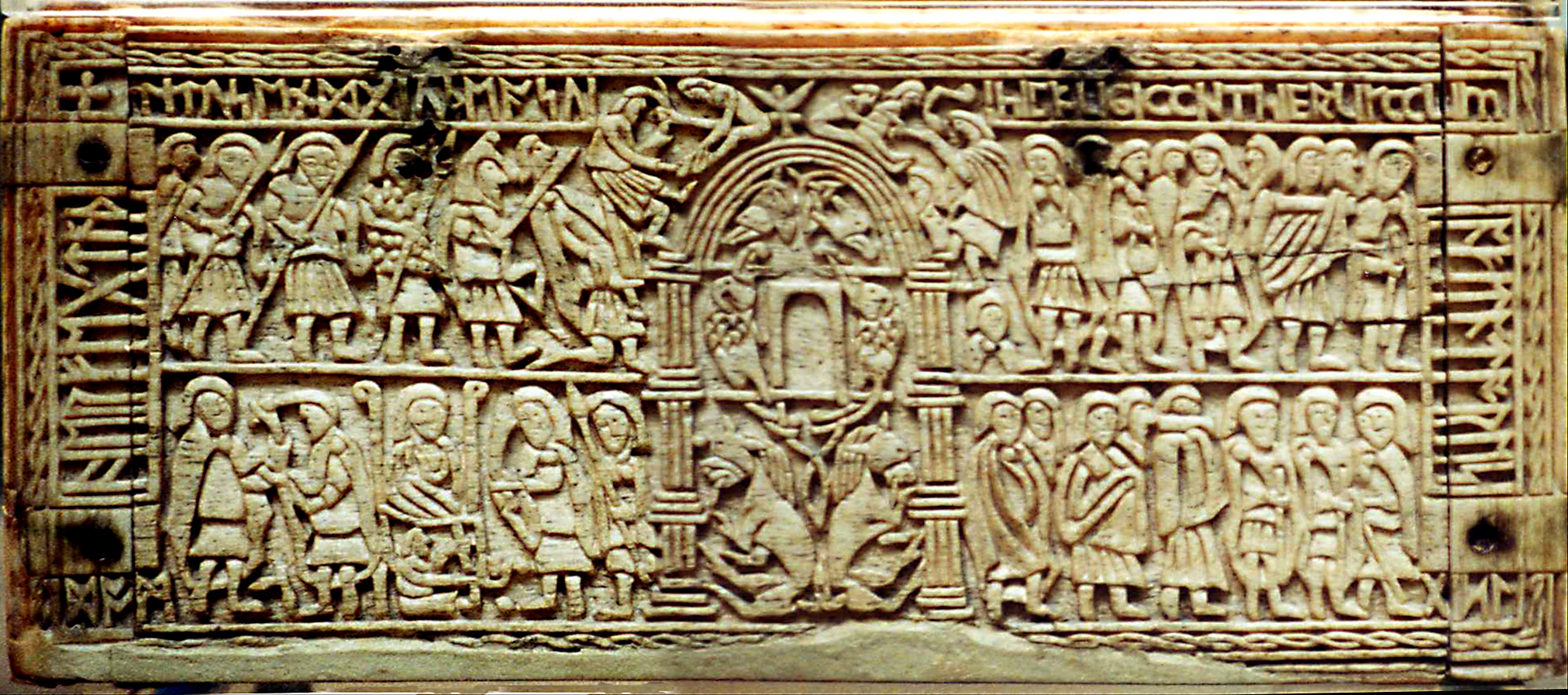



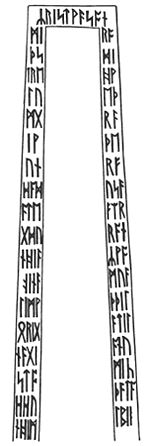
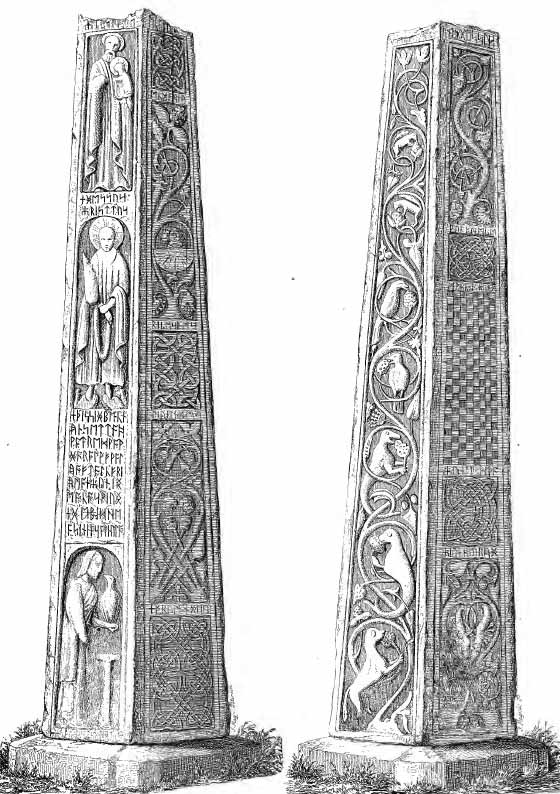
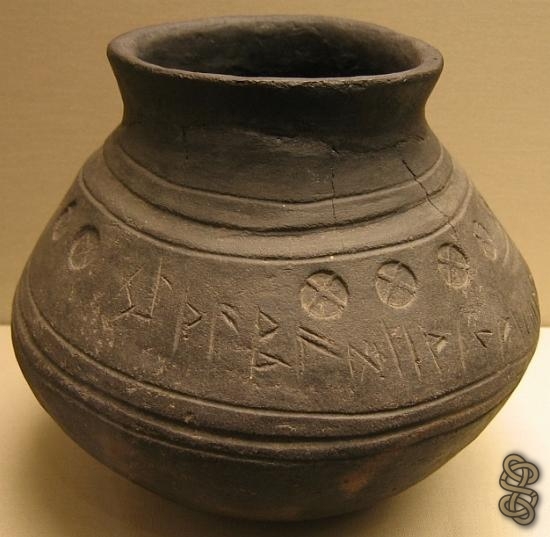


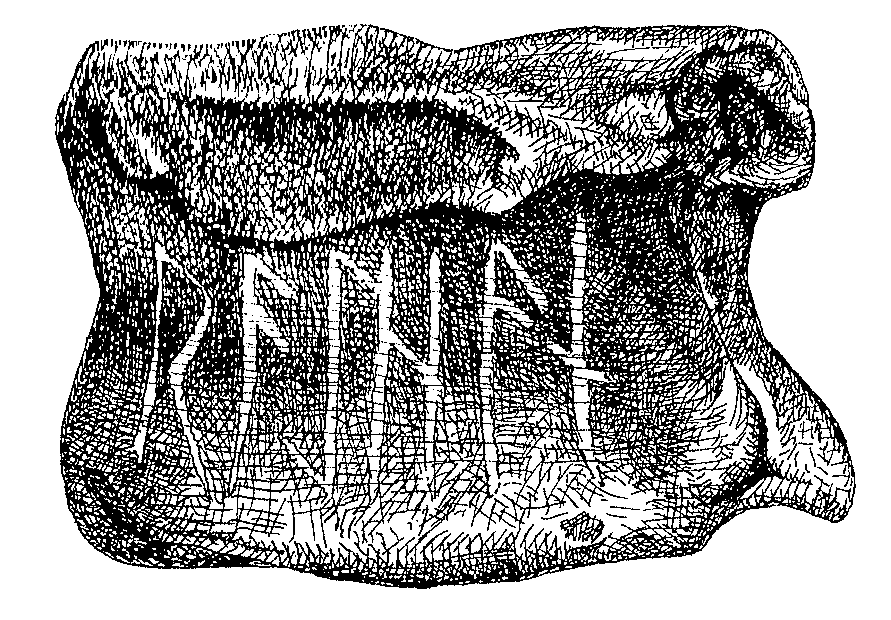
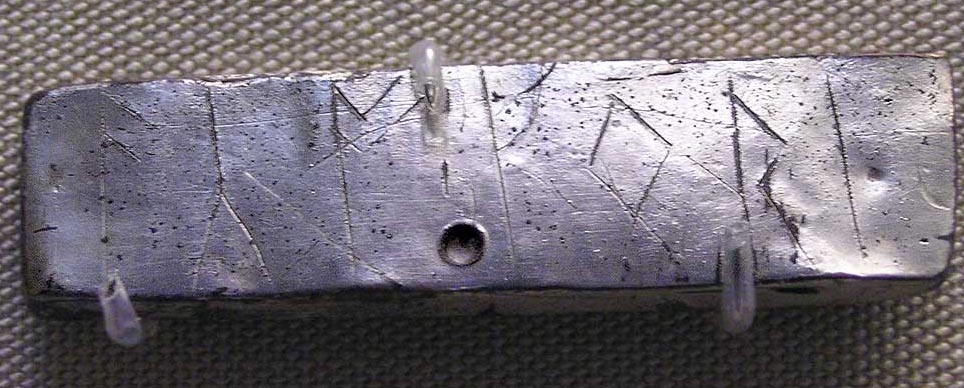
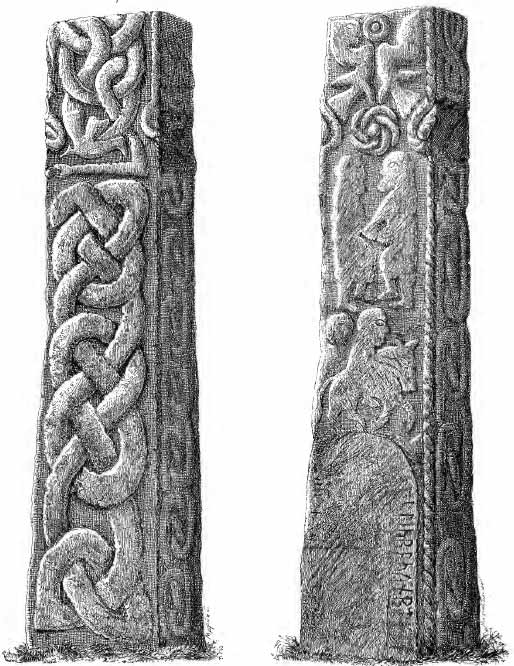

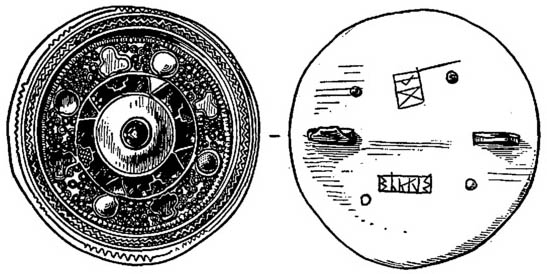
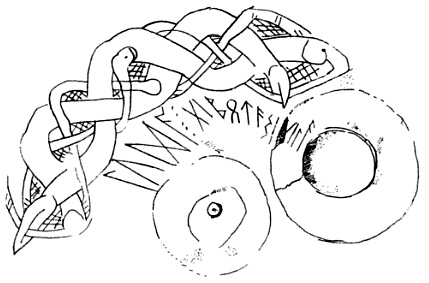
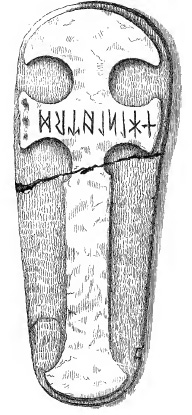

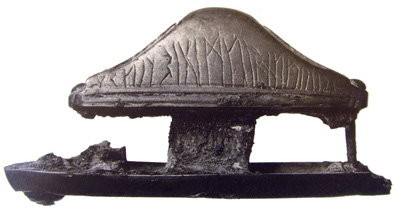
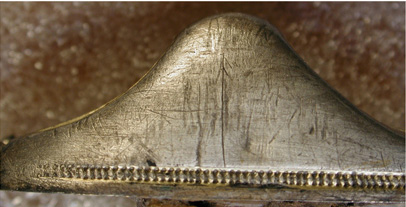
| Sigrúnar skaltu kunna,
ef þú vilt sigr hafa, ok rista á hjalti hjörs, sumar á véttrinum, sumar á valböstum, ok nefna tysvar Tý. |
Seiersruner skal du riste
om du vil seier ha skjær dem på sverdets hjalt somme på vettrimer somme på valboster nevn så to ganger Ty |
Victory Runes should you know
If you want to have victory carve them on the sword's hilt some on the sheath some on the blade name then Tiwaz two times |
| Sigrúnar skaltu kunna,
ef þú vilt sigr hafa, ok rista á hjalti hjörs, sumar á véttrinum, sumar á valböstum, ok nefna tysvar Tý. |
Seiersruner skal du riste
om du vil seier ha skjær dem på sverdets hjalt somme på vettrimer somme på valboster nevn så to ganger Ty |
Victory Runes should you know
If you want to have victory carve them on the sword's hilt some on the sheath some on the blade name then Tiwaz two times |





